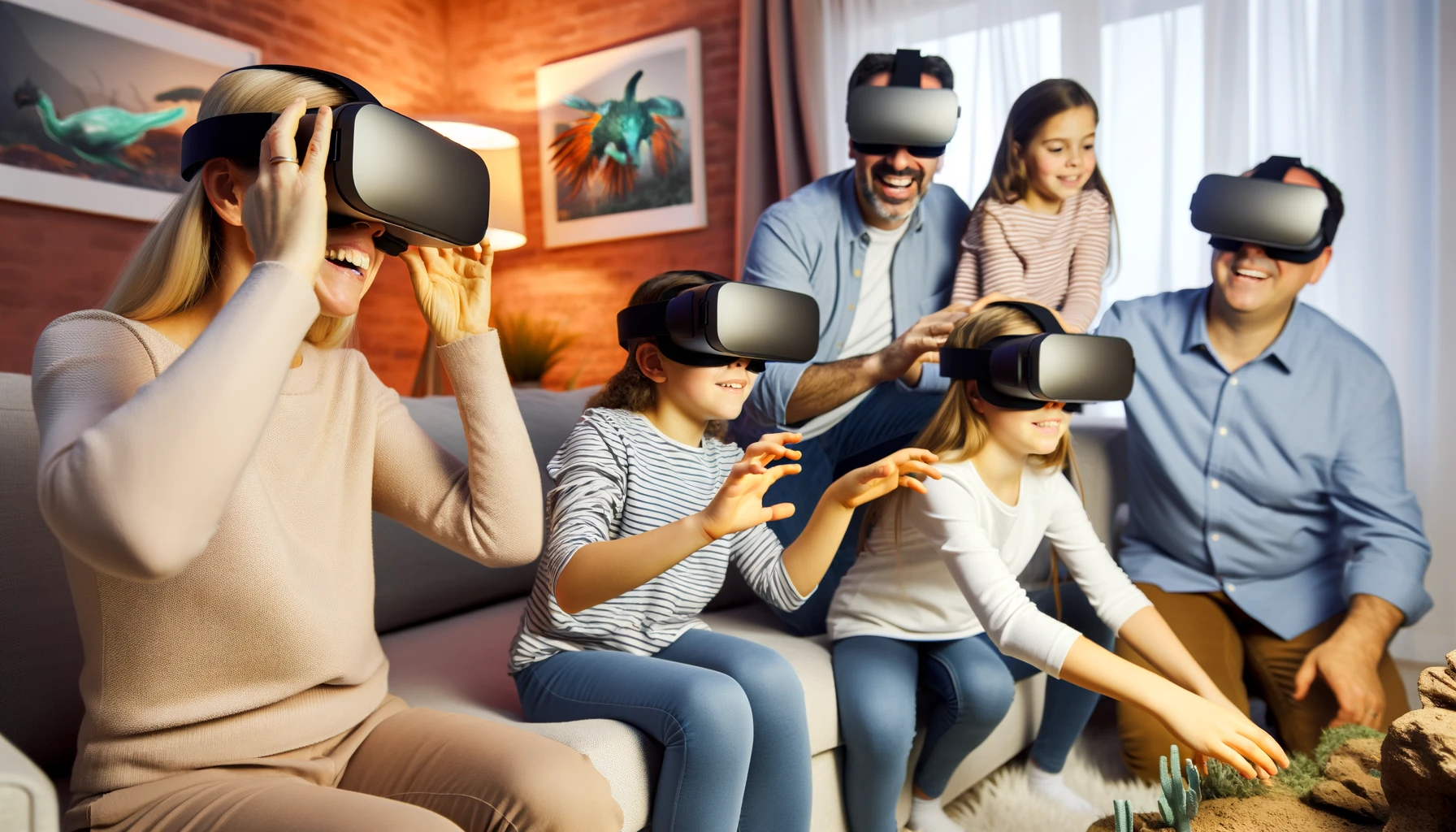In the ever-evolving world of virtual reality, accessibility and ease of use remain paramount. Vision Pro, a state-of-the-art VR headset, has recently made headlines for its advanced eye and hand tracking capabilities. However, users demand versatility and options, especially those with different abilities or preferences. Recognizing this, Vision Pro is designed to offer a suite of alternative control methods to ensure that everyone can experience the wonders of virtual reality without limitations. This focus on inclusivity not only broadens the potential user base but also enhances the overall user experience by catering to individual needs and comfort.
The conversation around virtual reality headsets has typically centered on their visual and interactive capabilities. Over time, the technology has progressed from rudimentary head movements to sophisticated eye and hand tracking. Earlier iterations of VR devices often faced criticism for their lack of accessibility options, which limited the technology’s appeal to a broader audience. As companies have sought to refine and improve their products, attention has increasingly turned to ensuring that VR headsets like Vision Pro can be operated by individuals with differing needs, making the virtual world more inclusive.
Expanding Control Possibilities
Vision Pro’s developers understand that eye and hand tracking may not be suitable for all users. To address this, they have implemented a range of input methods. For instance, voice commands and facial expression recognition offer hands-free operation, which can be ideal for users with mobility challenges. Furthermore, compatibility with various controllers and haptic feedback devices allows users to interact in ways that feel most natural and comfortable to them, enhancing immersion and making VR experiences more enjoyable.
Accessibility and User Comfort
Inclusivity in technology is a growing trend, and Vision Pro is at the forefront with its alternative control methods. The headset’s design takes into account the different ways users might interact with VR environments. For those who find eye tracking to be straining or imprecise, features such as adjustable sensitivity settings and gaze direction indicators have been introduced. Additionally, ergonomic considerations have been made for the headset itself to ensure it remains comfortable during extended use, a factor that is key for maintaining a positive VR experience.
A recent article from Engadget, titled “Next-Gen VR Headsets Could Help People with Disabilities,” highlighted the importance of adaptable technology in VR for users with disabilities. Similarly, Wired’s “VR’s Potential for Impacting Everyday Life” discussed how VR technology is branching out from gaming into other aspects of life, emphasizing the need for accessible control options. These articles underscore the industry’s shift towards inclusivity and the broader applications of VR beyond entertainment, reinforcing the relevance of Vision Pro’s alternative control methods. These developments reflect a growing awareness of the diverse needs of VR users and the importance of accommodating them.
Useful Information for the Reader
Vision Pro’s commitment to offering a variety of control methods is not just about usability; it’s about bridging the gap between technology and the diverse needs of its users. By providing voice commands, facial recognition, and controller compatibility, Vision Pro ensures that the immersive world of VR is accessible to all. This focus on inclusivity speaks to a broader trend in technology design, where user comfort and accessibility are a priority. As virtual reality continues to integrate into various aspects of life, from gaming to education and beyond, the importance of such features will only grow, marking Vision Pro as a leader in a more inclusive future for VR technology.
- Vision Pro caters to diverse user capabilities with multiple controls.
- Features like voice commands increase accessibility in VR.
- Comfort and inclusion are key in expanding VR’s real-world applications.










